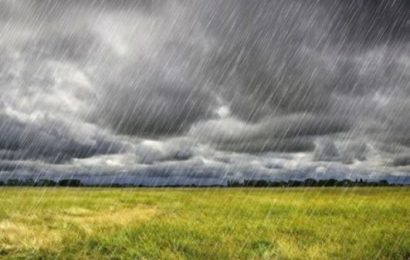Scientists have seen the source of gravitational waves from two colliding neutron stars, and might have turned into a black hole after they merged
Back in August, the Laser Interferometer Gravitational-wave Observatory and Virgo detected a very strong signal coming from the galaxy NGC 4993. Scientists immediately pinpointed the source of that signal and an international collaboration was set to observe the event with both terrestrial and space observatories. Further, researchers detected light coming from the neutron-star crash which spread across the entire electromagnetic spectrum, starting with a burst of high-energy gamma-rays only seconds after the gravitational waves were detected.
According to the observations, both the waves and light came from two merging neutron stars that were about 130 million light-years away. They are incredibly dense remnants of stars that have turned into supernovas. The two of them were 1.1 and 1.6 times as massive as our Sun, but none of them was wider than Washington D.C.
As they were getting closer and closer, they sent gravitational waves through the universe and released high amounts of light as they collided. This phenomenon is called a “kilnova.”
“We don’t actually know what happened to the objects at the end,” David Shoemaker, a senior research scientist at MIT and a spokesman for the LIGO Scientific Collaboration, said at a news conference today (Oct. 16) at the National Press Club in Washington, D.C. “We don’t know whether it’s a black hole, a neutron star or something else.”
An object as massive as this one has high chances of collapsing under its own weight, eventually forming a black hole.
Source: space.com



